Market Growth Projections
The Global Feed Binders Industry is projected to experience substantial growth, with estimates indicating a market value of 12.5 USD Billion in 2024 and a potential increase to 20.3 USD Billion by 2035. This growth trajectory reflects a compound annual growth rate of 4.51% from 2025 to 2035, driven by various factors including rising demand for animal protein, technological advancements, and regulatory support. The market dynamics suggest a robust future for feed binders, as they play a crucial role in enhancing feed quality and supporting the livestock sector.
Rising Demand for Animal Protein
The Global Feed Binders Industry experiences a notable surge in demand for animal protein, driven by the increasing global population and changing dietary preferences. As consumers shift towards protein-rich diets, livestock production intensifies, necessitating efficient feed formulations. This trend is projected to elevate the market value to approximately 12.5 USD Billion in 2024. Feed binders play a crucial role in enhancing feed quality and digestibility, thereby supporting the growing livestock sector. The need for sustainable and nutritious animal feed further propels the adoption of feed binders, indicating a robust growth trajectory for the industry.
Expansion of Livestock Farming Practices
The expansion of livestock farming practices across various regions contributes to the growth of the Global Feed Binders Industry. As developing economies invest in livestock production to meet rising food demands, the need for efficient feed solutions becomes paramount. Feed binders facilitate the formulation of balanced diets, ensuring that livestock receive essential nutrients for optimal growth. This trend is particularly evident in regions experiencing rapid agricultural development, where the market is poised for substantial growth. The increasing scale of livestock operations underscores the importance of feed binders in supporting sustainable farming practices.
Regulatory Support for Feed Quality Standards
Regulatory frameworks promoting feed quality standards are pivotal for the Global Feed Binders Industry. Governments worldwide are increasingly implementing stringent regulations to ensure the safety and nutritional adequacy of animal feed. Such regulations encourage the use of high-quality feed binders that comply with safety standards, thereby enhancing consumer confidence in animal products. This regulatory support is likely to drive market growth, as manufacturers invest in compliant feed binder solutions. The emphasis on quality assurance aligns with the projected market value of 20.3 USD Billion by 2035, reflecting the industry's adaptation to regulatory demands.
Technological Advancements in Feed Production
Technological innovations in feed production significantly influence the Global Feed Binders Industry. Advanced processing techniques and formulations enhance the efficacy of feed binders, improving their binding properties and nutritional profiles. Innovations such as extrusion and pelleting technologies contribute to better feed efficiency and reduced waste. As the industry embraces these advancements, the market is expected to witness a compound annual growth rate of 4.51% from 2025 to 2035. This growth is indicative of the industry's commitment to optimizing feed production processes, ensuring that feed binders meet the evolving needs of livestock nutrition.
Growing Awareness of Animal Health and Nutrition
The Global Feed Binders Industry is significantly impacted by the rising awareness of animal health and nutrition among livestock producers. As farmers increasingly recognize the importance of high-quality feed in promoting animal well-being and productivity, the demand for effective feed binders escalates. These binders not only improve feed palatability but also enhance nutrient absorption, contributing to healthier livestock. This growing focus on animal health is likely to sustain market growth, as producers seek innovative solutions to optimize feed formulations and ensure the overall health of their animals.
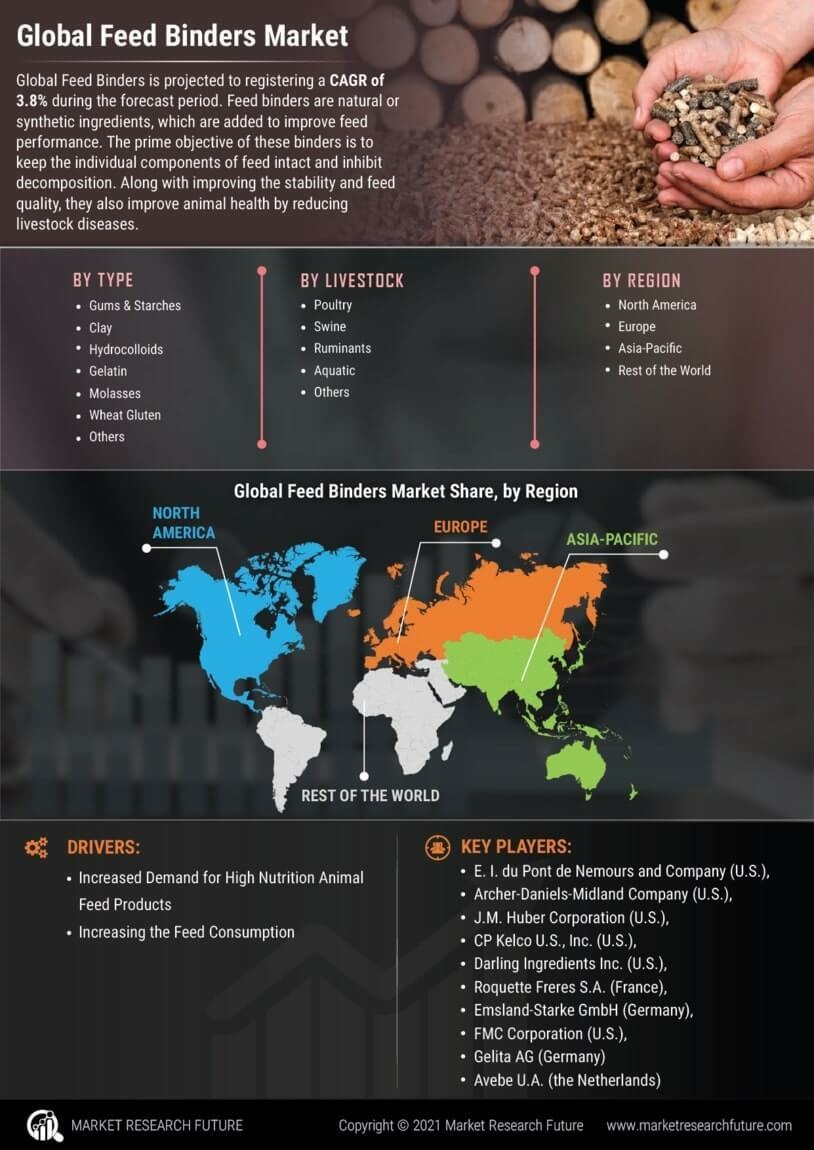


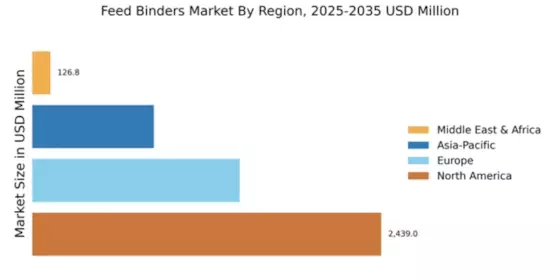
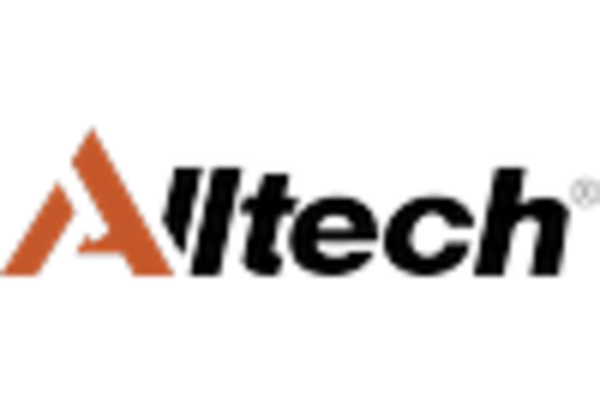
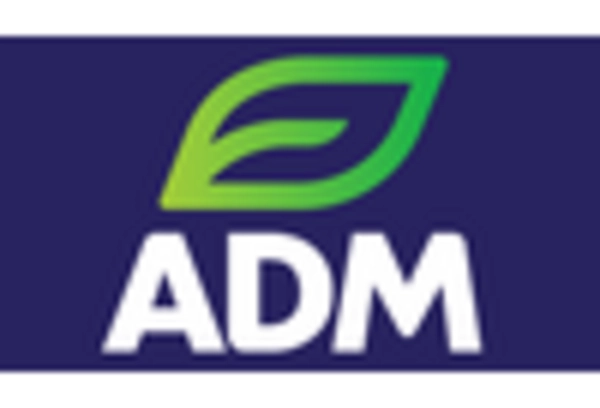

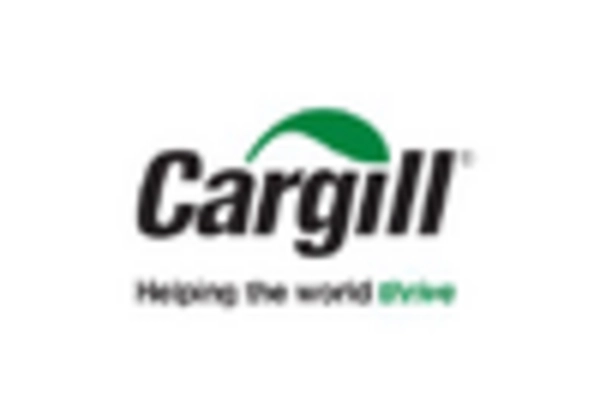

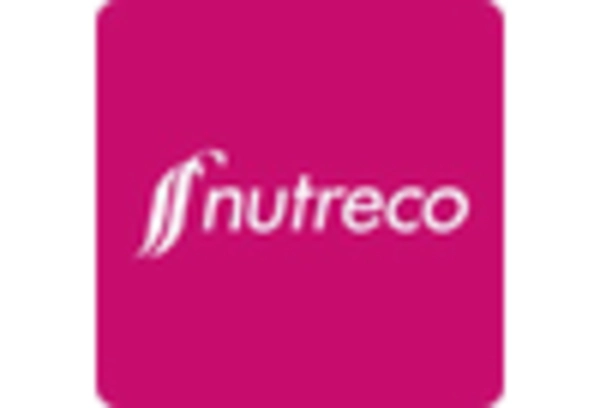








Leave a Comment